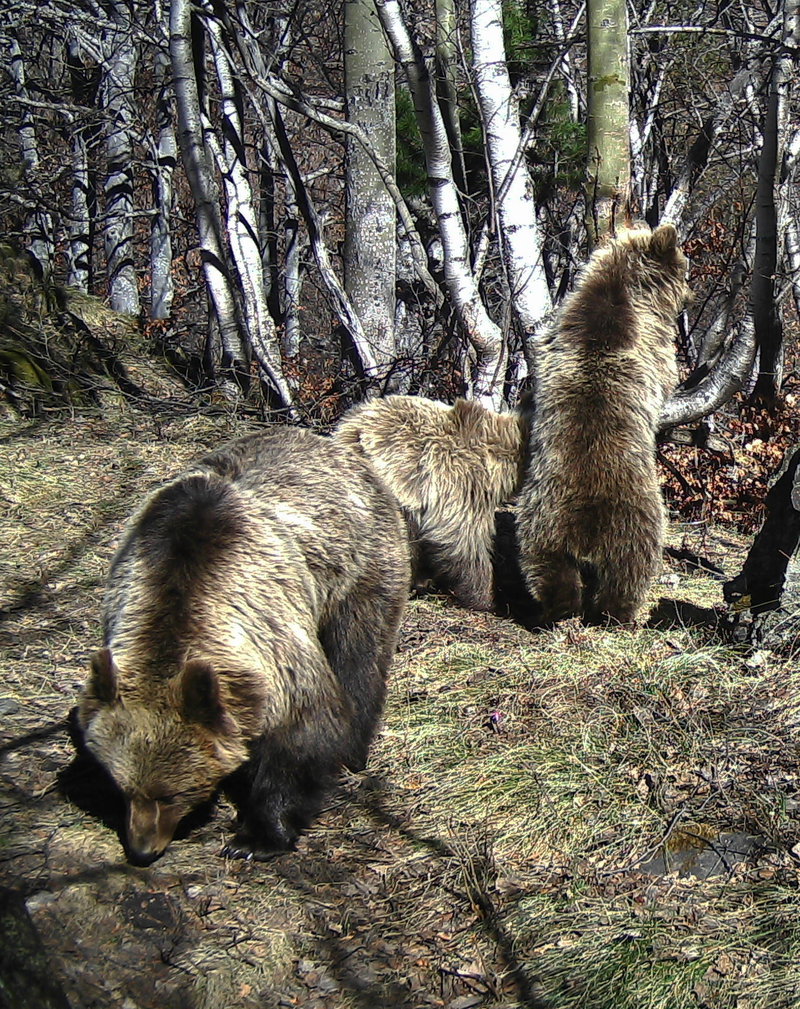Rewilding the Pyrenees
Here’s a book about nature that is neither an impassioned rant nor a lecture. Instead, over a period of years, Steve Cracknell spoke directly to the horses’ mouths and with great empathy and balance, he lets us learn about the various sides of the issues. His central question in a new release titled The Implausible Rewilding of the Pyrenees is whether native animals should be reintroduced to these mountains, along with selected non-native animals.
According to Cracknell, rewilding comes from the idea that traditional conservation has failed to slow or even stop a decline in biodiversity in Catalonia, parts of Aragon and the border country across Spain and France. This is a trend that could be reversed by reintroducing key species ‘and creating suitable habitats for them. “What is most important,” he says, “is not the presence of the animal but the effect it has on its environment” and here the most controversial predators are the bear and the wolf.
With the fitness of a young goat, the author climbs up to isolated summer pastures, freezing his extremities in the quest to see a bear for the first time. He also spends hours and days with farmers doing the seasonal ‘transhumance’ where cattle or sheep are herded overland to new feeding grounds.
He interviews shepherds, ecologists and wild boar hunters, among others. In the process, he’s not afraid to get dirt under his fingernails and also (I suspect) end up reeking of sheep dung. The sadness and gore of sheep who’ve been attacked by bears is also something he doesn’t avoid.
He asks all the best questions to gently test the claims and experiences related by those who have a lot to lose and those who take an interest for non-economic reasons. I was happy to see he never made the appalling choice of calling anyone “stakeholders in the debate”.
The details in the book are often exact and surprising. For example, bears are known by the name across the region. One of them named “Goiat” (meaning boy or lad) is a 10-year-old, 205 kg male (born in Slovenia) and the only bear to have been released in the southern part of Catalonia in Pallars Sobirà in 2016. A remarkable camera trap photo shows another (possibly scratching his belly) against a tree in Vall d’Aran. (The author mentions that wolves from Italian stock arrived in Catalonia in 2006 after a century’s absence.)
One shepherd who Cracknell spends time with is Mustapha, originally from a sheep farm in the Atlas Mountains of Morocco. With his legal status now fully regularised (and with wife and young child who joined him later) he had previously crossed over the sea to the Canary Islands from Western Sahara. Thanks to funding grants from the EU’s Project Catalunya PirosLIFE programme, conditions for those like Mustapha have greatly improved in the past four years.
He has a young assistant named Josep, when in the past he’d had to exist for over three months with only his dog for company. As well, he’s been lucky enough to enjoy the relative comfort of portable cabins helicoptered into his area at the start of summer.
Steve Cracknell is the author of two other titles on nature but apart from his extensive wildlife knowledge and deep affection for the Pyrenees, what comes across in this book is a genuine respect for individuals who work and live up there. As a long time resident, his final words sum it all up better than I could: “Exit pursued by a bear.”

